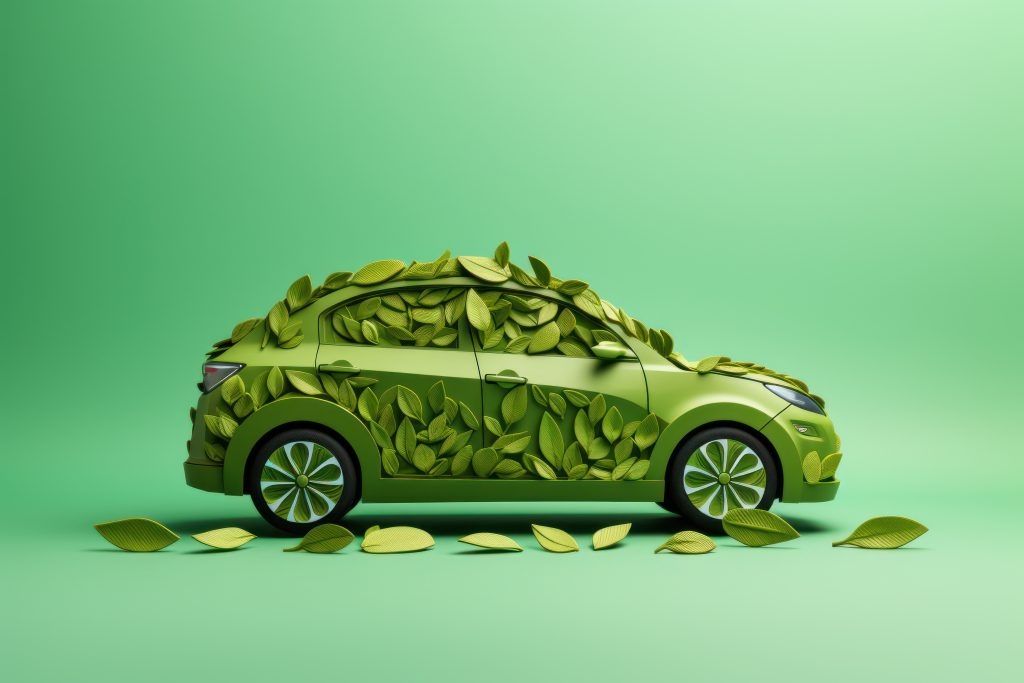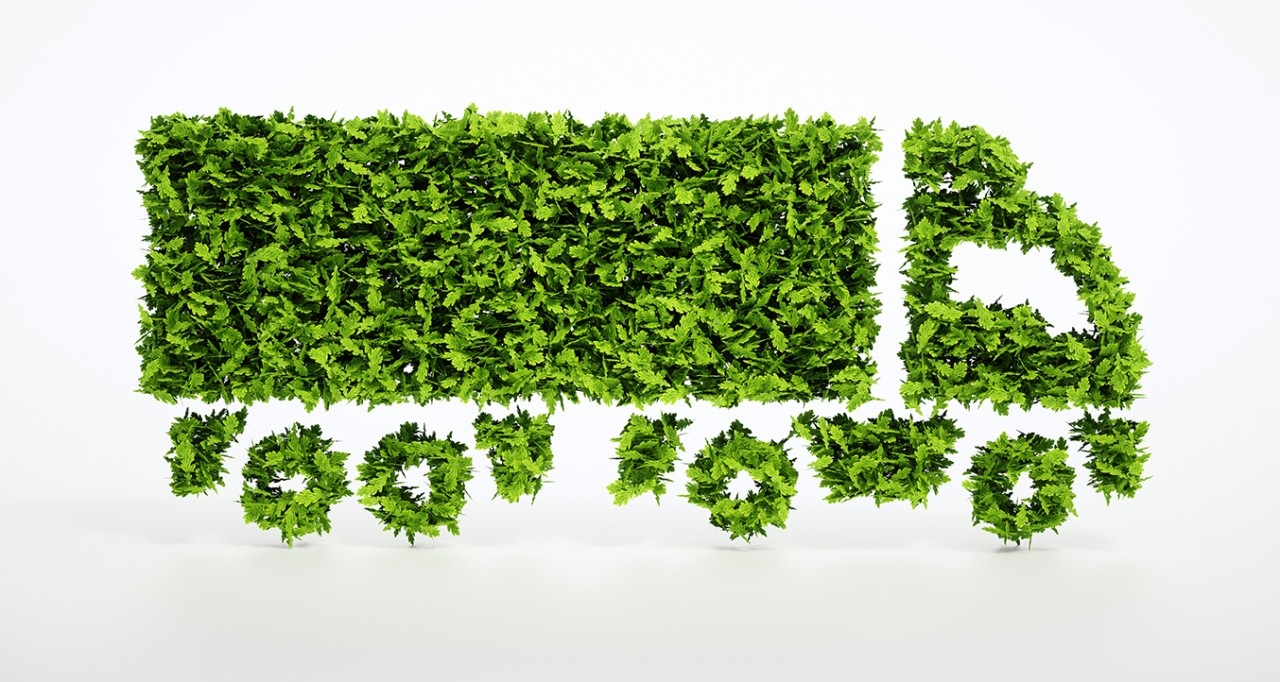
Designing a Greener Tomorrow: Sustainable Graphic Design Practices and Trends
In a world where environmental consciousness is increasingly at the forefront, the design industry is undergoing a transformative shift toward sustainability.
Sustainable Graphic Design is more than just a trend—it's a commitment to reducing environmental impact and creating a positive change. Here are some eco-friendly practices and emerging trends shaping the landscape of sustainable graphic design.
1. Choose Mindful Materials

The first step toward sustainable graphic design lies in choosing materials wisely. Opt for recycled and responsibly sourced paper, consider alternative materials such as bamboo or hemp, and explore digital alternatives to traditional print. Each choice contributes to reducing the ecological footprint of your designs.
2. Embrace Minimalism and Simplicity
Embrace minimalism as a design philosophy. Streamlining visuals not only creates a more impactful and memorable design but also reduces the need for excess resources. Minimalist design often involves cleaner lines, simpler color palettes, and a focus on essential elements, aligning perfectly with sustainable principles.
3. Consider Energy-Efficient Workflows
Consider the energy consumption associated with your design processes. From powerful computers to energy-efficient lighting, sustainable graphic design involves adopting practices that minimize energy consumption. Cloud-based collaboration tools can also contribute to reducing the need for physical storage and energy-intensive processes.
4. Maximize Print Efficiency
When print is necessary, prioritize efficiency. Use print-on-demand services to reduce excess printing and eliminate unnecessary waste. Additionally, explore eco-friendly printing options such as soy-based inks and waterless printing technologies that have a lower environmental impact compared to traditional printing methods.
5. Choose Reusable and Recyclable Designs
Design with the end in mind. Create graphics that are easily adaptable and reusable across various platforms and campaigns. Additionally, ensure that the materials used in your designs are recyclable or compostable, promoting a circular economy where materials can be reused rather than ending up in landfills.
6. Implement Educational Design
Use your designs as a platform for education and awareness. Incorporate sustainable messaging into your graphics to inform and inspire your audience. Visual storytelling is a powerful tool for conveying complex messages about environmental responsibility and the urgency of sustainable practices.
7. Leverage Green Digital Dominance
In the age of digital media, leverage online platforms to reduce the need for physical materials. Embrace digital design tools, explore online publications, and consider digital alternatives to traditional printed materials. This not only reduces waste but also allows for real-time updates and broader accessibility.
8. Promote Sustainable Collaborations
Team up with like-minded professionals and organizations. Collaborative efforts amplify the impact of sustainable graphic design. Whether it's partnering with eco-conscious brands or joining forces with environmental organizations, collaboration can foster a collective commitment to creating positive change.
9. Consider Lifecycle Considerations
Think beyond the design phase and consider the entire lifecycle of your creations. How will your designs be disposed of? Can they be easily recycled or repurposed? By taking a holistic view of the lifecycle, designers can contribute to a more sustainable and circular design approach.
10. Provide Certifications and Standards
Explore certifications and standards that validate your commitment to sustainable graphic design. Certifications like FSC (Forest Stewardship Council) for responsibly sourced materials or Cradle to Cradle certification for overall sustainability can add credibility to your eco-friendly design practices.
11. Incorporate Interactive and Digital Experiences
Incorporate interactive and digital experiences into your sustainable design strategy. From interactive web graphics to digital publications, these formats not only reduce paper usage but also offer dynamic, engaging content that can be updated without the need for reprints.
12. Take into Account Community Engagement
Engage with your community to foster a culture of sustainability. Share insights into your sustainable design journey, encourage conversations around eco-friendly practices, and collaborate with local initiatives. Building a community around sustainable design creates a ripple effect, inspiring others to adopt environmentally conscious practices.
13. Draw Inspiration from Biomimicry and Nature-Inspired Design
Draw inspiration from nature itself. Biomimicry involves imitating natural processes and structures in design. By emulating the efficiency and sustainability found in the natural world, designers can create innovative, eco-friendly solutions that harmonize with the environment.
14. Use Transparent Design Processes
Transparency is a cornerstone of sustainable design. Communicate openly about your design processes, material choices, and the environmental impact of your work. Educate clients and collaborators about the ecological considerations embedded in your designs, fostering a shared commitment to sustainability.
15. Explore Upcycling and Repurposing
Explore the concept of upcycling in your designs. Give a new life to existing materials or repurpose elements from previous projects. By creatively reusing materials, you not only contribute to waste reduction but also infuse unique character into your designs.
16. Implement User-Centric Design for Behavior Change
Design has the power to influence behavior. Employ user-centric design principles to encourage environmentally friendly actions. Whether it's through intuitive recycling symbols or visual cues promoting energy conservation, thoughtful design can inspire users to adopt sustainable practices in their daily lives.
17. Leverage Global Collaboration for Sustainability
Sustainability knows no boundaries. Collaborate with designers, organizations, and initiatives worldwide to share insights and best practices. A global community dedicated to sustainable design can accelerate the development and adoption of eco-friendly solutions on a larger scale.
18. Focus on Continuous Learning and Adaptation
The field of sustainable graphic design is ever-evolving. Stay informed about the latest developments, materials, and technologies that align with eco-friendly practices. Commit to continuous learning and adaptation, ensuring that your designs reflect the most current and impactful sustainability standards.
19. Promote the Advocacy for Industry Change
Become an advocate for sustainable design within the design industry. Encourage peers, organizations, and educational institutions to embrace eco-friendly practices. By actively participating in discussions and advocating for change, designers can contribute to a broader shift toward sustainability in the design community.
20. Celebrate Sustainable Milestones

Celebrate milestones in your sustainable design journey. Whether it's achieving a specific reduction in carbon footprint, obtaining a sustainability certification, or successfully implementing a zero-waste project, sharing these accomplishments reinforces the importance of sustainable practices and inspires others to follow suit.
Trending
-
1 How IoT is Revolutionizing Sustainability: A Brighter Future Beckons
Susanna Koelblin -
2 How The Water Treatment And Desalination Will Change The Environment For The Better
Daniel Hall -
3 How Intermediate Bulk Containers Enhance Environmental Sustainability
Daniel Hall -
4 Hybrid Cars and Their Key Benefits
Susanna Koelblin -
5 UK Faces Wettest July in Recent Memory
Daniel Hall





Comments